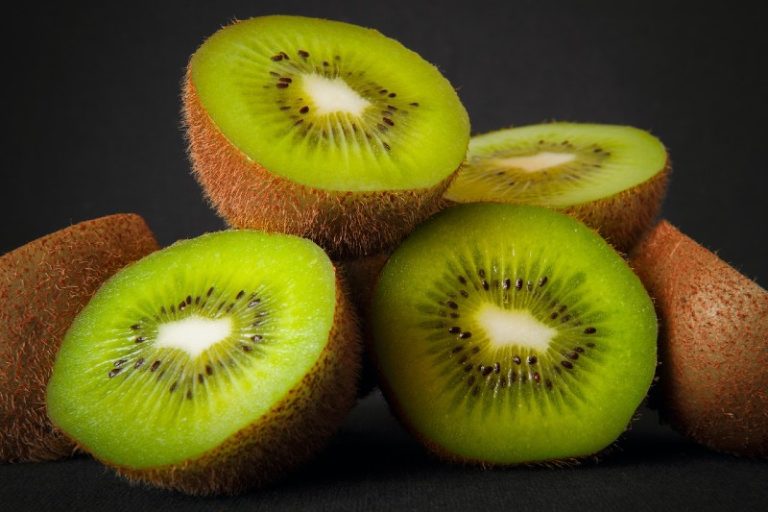Sorrel – The Easy To Grow Gourmet Ingredient
It’s early spring, the weather is getting warmer, the days are getting longer, and the vegetable garden is entering the ‘hungry gap’. This is the time of year when fresh, home grown vegetables can be thin on the ground. Most of the winter crops have been used, and it will still be a few weeks before there’s any harvest from this year’s plants. But there is one crop that kicks back into growth early in the year, providing fresh tender leaves for spring cooking – and that’s sorrel. It’s not something you find in the produce aisles at the supermarket, so if you’re wanting some for the kitchen, your best bet is to grow it at home.
With a productive season that runs from March right through to the first frosts, sorrel will give you a long harvest in return for a just a little attention. And it’s not too late to sow seeds to produce plants for this year. In fact, you could be making your own gourmet harvest in a matter of weeks.
And when you pick your first handful of sorrel leaves, the question is what to do with them? The leaves have a slightly sour, lemon taste which can be overpowering if paired with more subtle flavours, so use them sparingly. But the lemony tang of sorrel makes a great addition to spring salads when there is little else in the garden. As the leaves get bigger they can be cooked like spinach and used in soups, sauces and risottos. Heating sorrel dulls the taste a little, so you can afford to be more generous with the leaves if you are going to cook them.
Sorrel puree is really easy to make, just take a large handful of washed leaves, remove the central stalks then throw them, still wet, into a pan with some melted butter. The leaves ‘melt’ almost instantly, and the resulting puree tastes great with oily fish or eggs. Sorrel soup is another classic way to use sorrel, just add a few slices of home made bread for tasty spring supper dish. And then there’s sorrel sauce, quick to make, it can turn poached egg on toast into a gourmet treat.
There are three types of sorrel suitable for the kitchen garden – pick the one that best suits your needs. Broad-leaf sorrel (Rumex acetosa) has lots of large shield-shaped leaves. The young leaves are tender and full of flavour, larger leaves are best cooked. Then there is French or buckler-leaf sorrel (Rumex scutatus) which has much smaller leaves, and a slightly milder flavour – less sour than the broad leaf form, and the leaves don’t grow large enough to become tough. The most ornamental of the three is bloody sorrel (Rumex sanguineus). It has deep red veins and mid-ribs and looks right at home in a flower border if you don’t have space for a vegetable patch. But good looks come at a price – the leaves of this sorrel are very tart, meaning that only the smallest can be used in the kitchen. All three types of sorrel are perennial, and will start producing leaves in early spring each year.
Before sowing your sorrel seeds, take a little time to pick a good spot for them. Sorrel does best in damp but well drained soil, in sun or partial shade. Dig over the soil, breaking up any large clumps and removing any weeds, and if you have some homemade compost to spare, dig some into the ground. The seeds need to be sown about half a centimetre deep, in a drill that has just been watered. It shouldn’t be too long before you see signs of growth, usually a week or so. Keep the young plants well watered, especially if the weather is dry.
If the weather is against you and it’s just too cold for planting seeds outside, they can be sown into small pots indoors. Sow one or two seeds per pot, then you won’t need to prick them out. Keep the young plants on a light windowsill until you’re ready to plant them outdoors, but remember to harden them off before they have to face the cooler conditions in the garden. And if growing from seed really isn’t your thing, another option is to buy small plants from a local nursery of garden centre. These should be at just the right stage to be planted straight out into the garden. If you don’t have space in the garden, but still want to try growing sorrel, a large pot filled with good quality compost will make a great home for your plants. Just remember that pot-grown plants will need more watering and feeding than those in the ground.
Once sorrel plants are established and growing happily, they need very little further attention beyond a bit of weeding, and watering during dry spells, especially if they are growing in a pot – one thing sorrel plants really don’t like is to be hot and dry. If your plants start to form flowering shoots the leaves will become tougher and have less flavour, so cut off flowering stems as they appear. On the other hand, if you decide that sorrel is a plant you would like more of, simply allow it to flower and set seed. While you will lose leaf production from a flowering plant, the seeds it produces will give you more plants for the following year. Collect the seeds as they ripen and sow them straight away, or keep them somewhere cool and dry for sowing the next spring. Alternatively, you can leave them on the plant and they will sow themselves. The latter option is easier, but slightly more haphazard, and you are likely to be digging up a lot of stray seedlings the following spring. But these plants can easily be moved to their final growing position, just dig them up carefully, transplant and water well.
Sorrel plants should be divided every 3 years or so to keep them growing vigorously. Dig the plant up in spring or autumn, gently pull it into smaller pieces, each with roots attached and replant in fresh soil. Water the new plants well, and keep the soil around them damp in the following weeks.
You can pick sorrel leaves from strongly growing plants as you want them. Just one thing to be aware of – the leaves have a high oxalic acid content. This is what gives them their distinctive tart flavour, but also means that they should be eaten in moderation. The high acid content of the leaves also means that the flavour can be impaired if they are cooked in aluminium or cast iron pans.
If you were thinking of trying a new ingredient this spring, or you’ve been searching the shops for sorrel without success, now is the time to get sowing. All you need is a packet of seed, and in a few weeks you could have this tasty plant growing in your own garden.
Further Information
Sarah’s gardening- food Blog is at www.thegardendeli.wordpress.com

